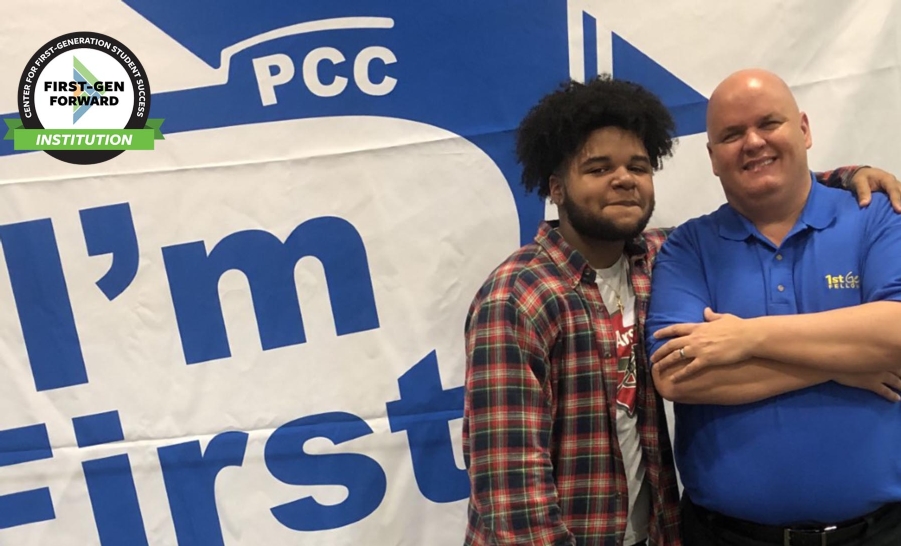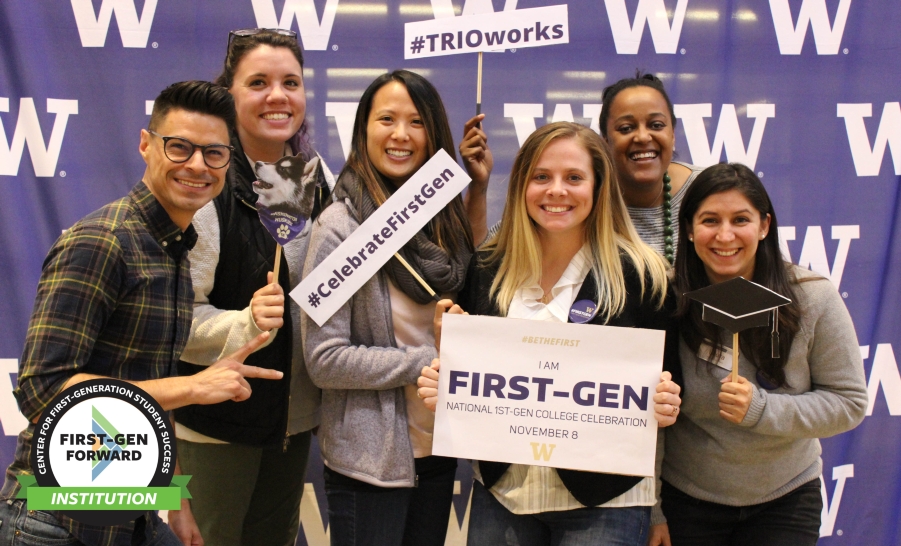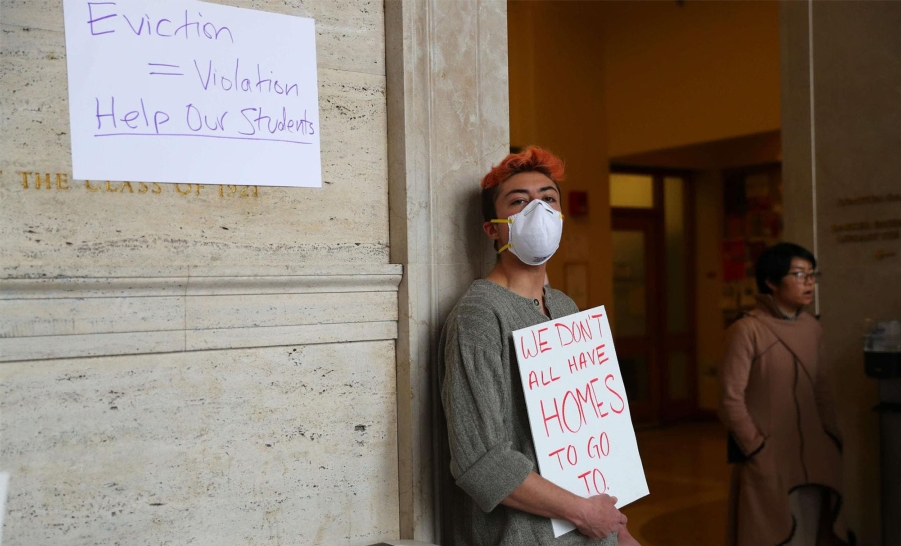Energizing Our First-gen Campus Committee
Caitlin J McVay, M.A., Oregon State University / FirstGen Forward / March 30, 2022

In January 2021, Oregon State University’s (OSU’s) First! Committee, focused on supporting first-generation students at OSU, reconvened for the first time in over two years. Those initial meetings clearly demonstrated a shared passion for supporting first-generation students among committee members, including academic faculty, administrators, student affairs professionals, and alumni. Many of the members held the first-gen identity themselves. However, a major challenge presented itself right away–how do we keep this committee from becoming just another campus-wide work group that exists in name only but doesn’t actually effect change on our campuses?
Like countless other work groups that we’ve all served on over the years, the First! Committee lacked clarity of purpose and an understanding of how best to achieve its goals, which put the group at risk of becoming a poorly functioning team.
The First! Committee at OSU
First-generation faculty originally approached university leadership in 2015 to discuss how OSU could better serve first-generation students. That conversation sparked the formation of the First! Committee, which included volunteers primarily from our main campus in Corvallis, Oregon. OSU charged the Educational Opportunities Program (EOP) under the Division of Student Affairs with leadership of the committee due to its mission to serve students traditionally denied equal access to higher education, including first-generation students.
“Our original work resulted in a heightened understanding and awareness about the existence of first-gen as an identity and the needs of first-gen students,” said Dr. Janet Nishihara about the early years of the First! Committee. However, the energy of the First! Committee members waned along with its financial support as OSU entered a budget shortfall prior to the onset of the COVID-19 pandemic.
I joined the First! Committee in January 2021 along a few other new faces. A majority of the original members returned. The committee spent most of the following few meetings discussing concerns about whether this group was sustainable as a volunteer commitment and how to ensure that university administration would support us again financially. These conversations revealed competing priorities among members and left us struggling to find a good starting point for resuming our work.
We are making significant progress on each of our goals and attribute much of the energy to our designation as a First-gen Forward institution by NASPA’s Center for First-generation Student Success.
Becoming First-gen Forward
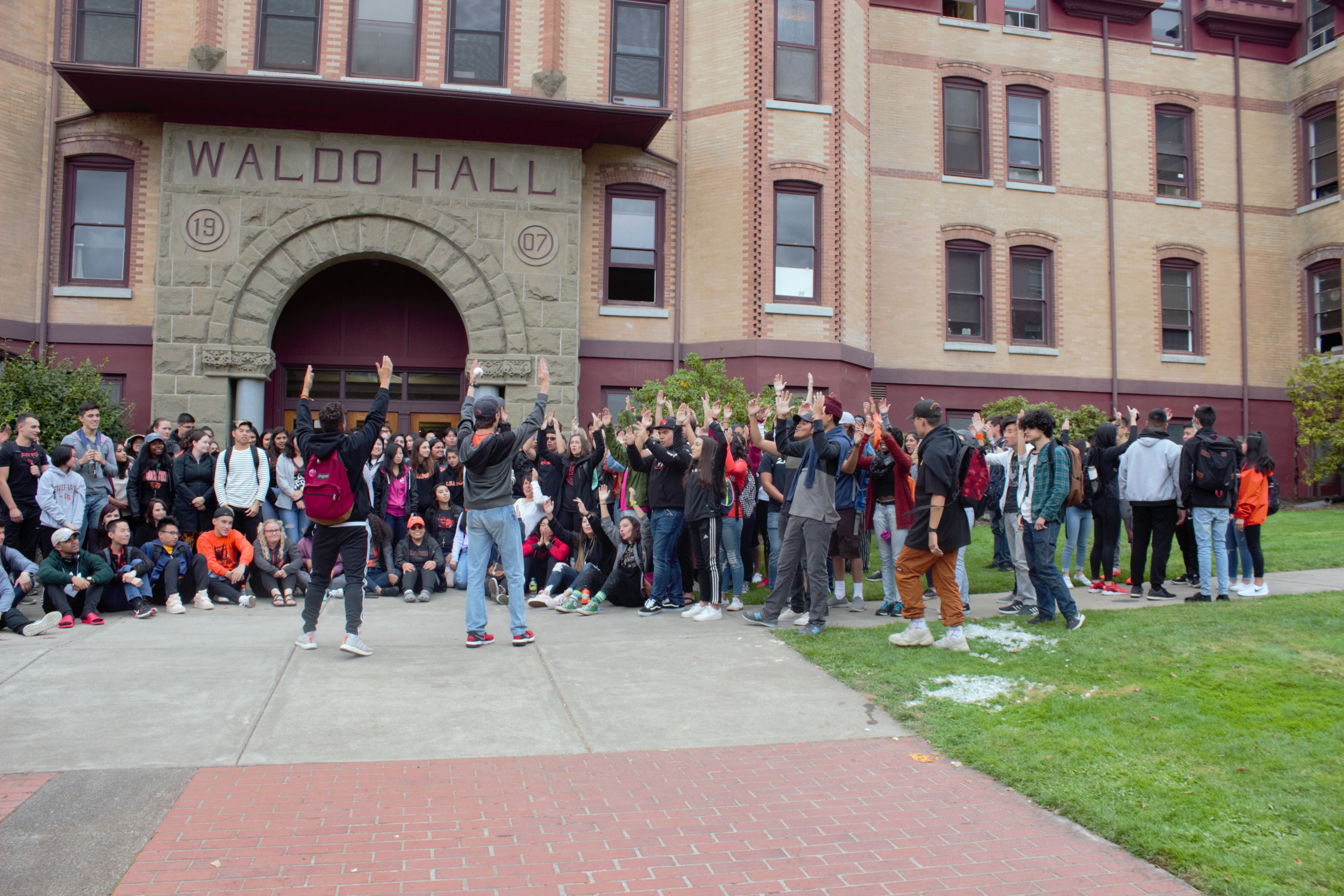
Because subcommittee members were self-aligned with a goal, individuals began volunteering with enthusiasm for tasks that would further our progress. This enthusiasm also contributed to easy scheduling, vibrant conversations, and follow-up emails and messages outside of meetings as well. Subcommittee members continue to join their meetings with energy and purpose and truly engage with the goals.
What makes this experience different from simply using the SCOT process alone?
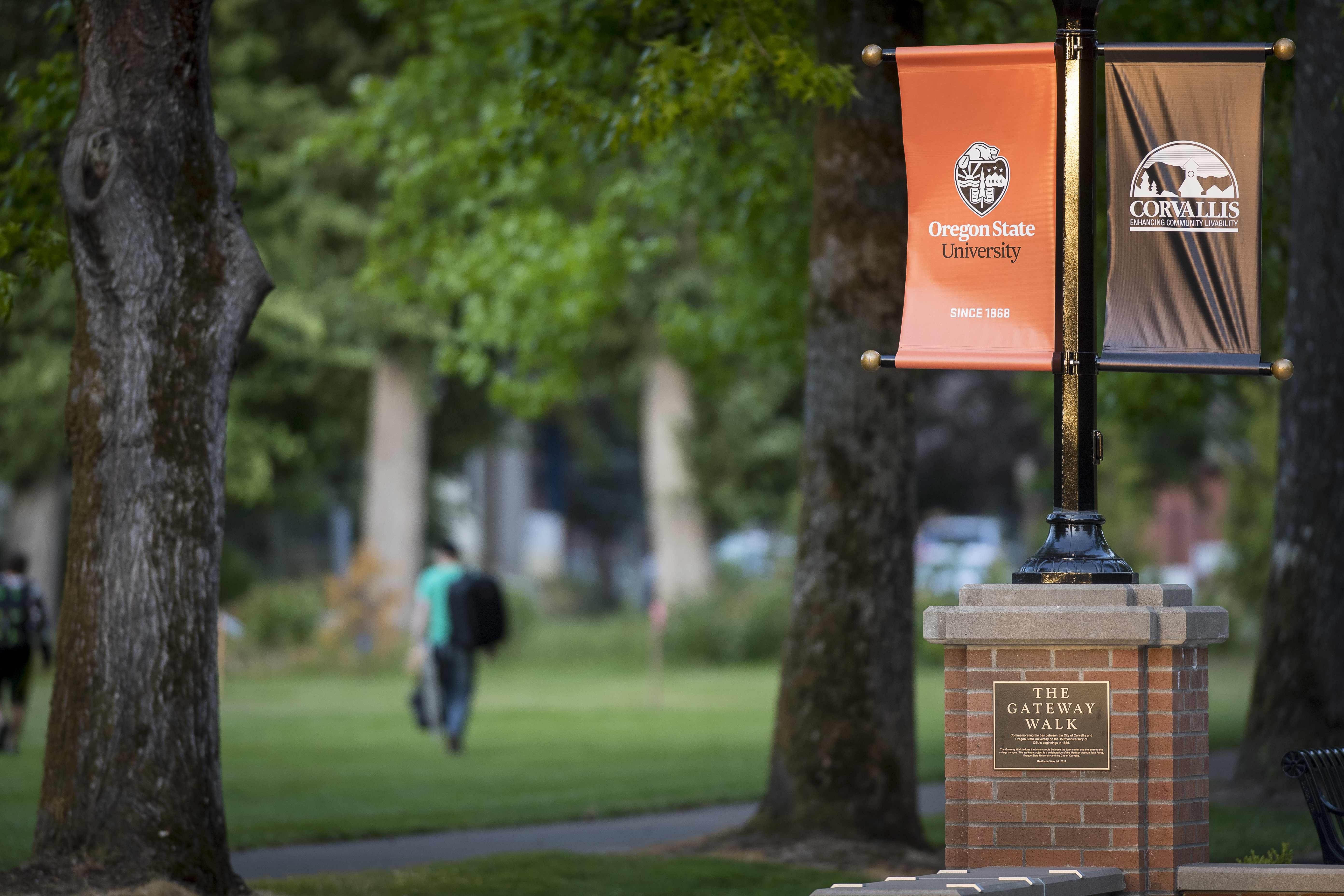
-
Smaller goals with clear action steps allow focused attention and achievable action
-
Multiple goals–this allows committee members with diverse ideas to remain engaged rather than forcing alignment with one goal at a time
-
Annual report (required of all First-gen Forward institutions) motivates progress
-
Continued engagement around topics and idea generation facilitated by First-gen Forward's ongoing professional development
Our original work resulted in a heightened understanding and awareness about the existence of first-gen as an identity and the needs of first-gen students.
Checking in on Our Progress
Six months into our subcommittee structure, where do we stand? Our short-term goals include improving our definition and data collection processes for identifying first-generation students, increasing student engagement and sense of belonging, and providing faculty and staff professional development. Our long-term goals? Use the designation and measurable outcomes from our annual report findings to advocate for more permanent sources of funding to support the nearly 8,000 first-generation students on Oregon State University campuses.
We are making significant progress on each of our goals and attribute much of the energy to our designation as a First-gen Forward institution by NASPA’s Center for First-generation Student Success. The rest of the energy comes from working with a dynamic and passionate group of colleagues devoted to the success of first-generation students.
For more information on Oregon State University’s approach, please visit their website here.
